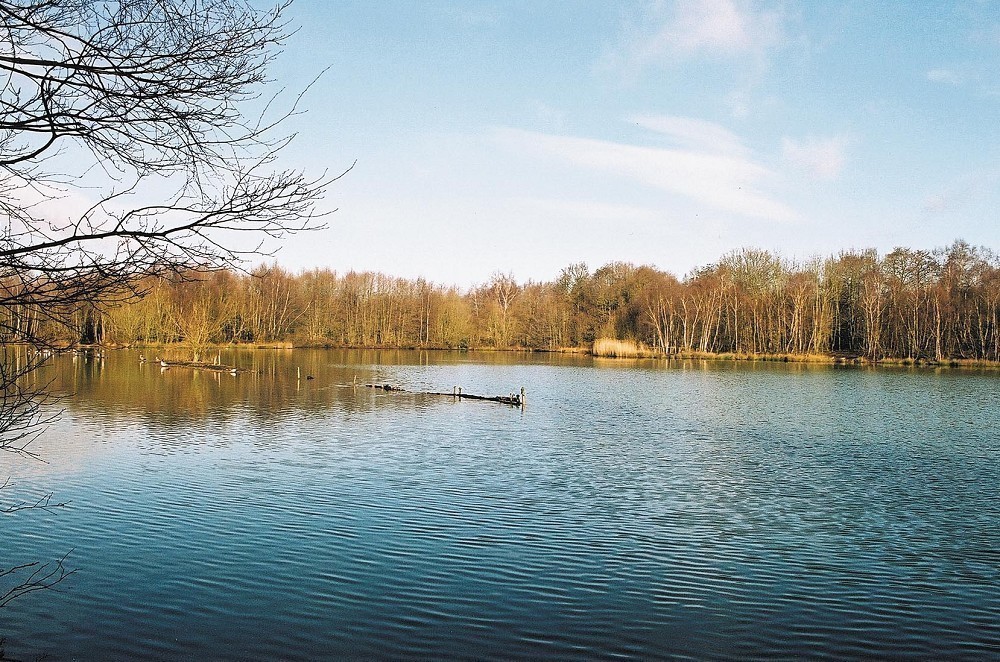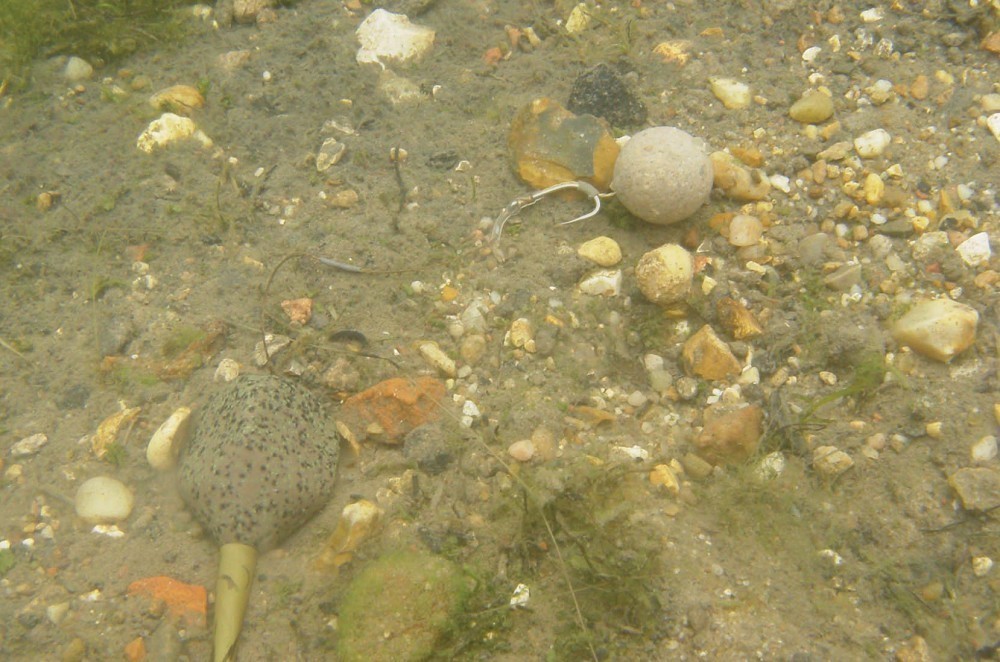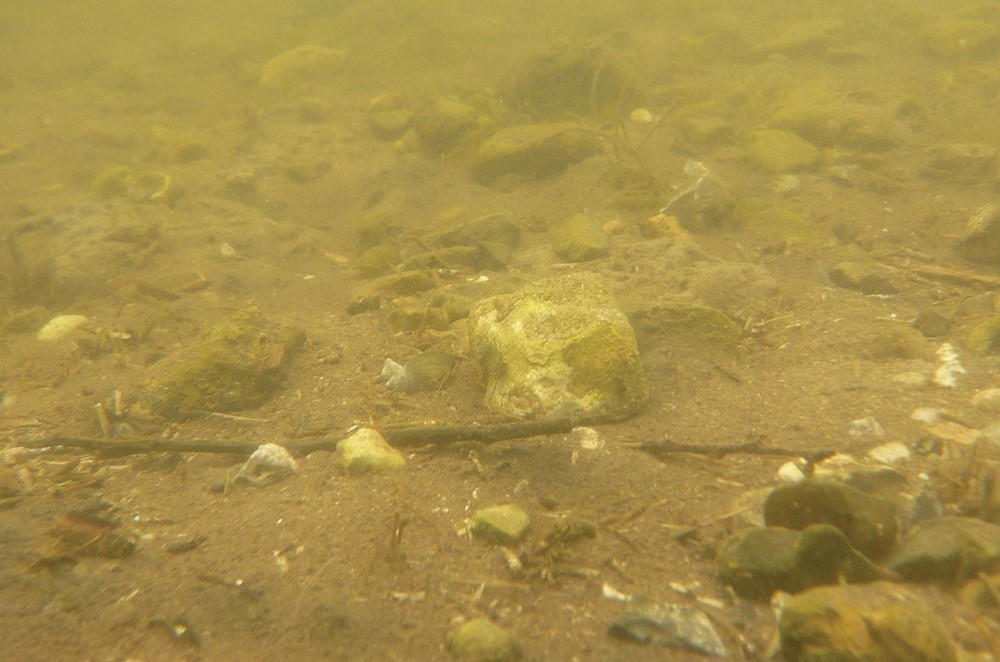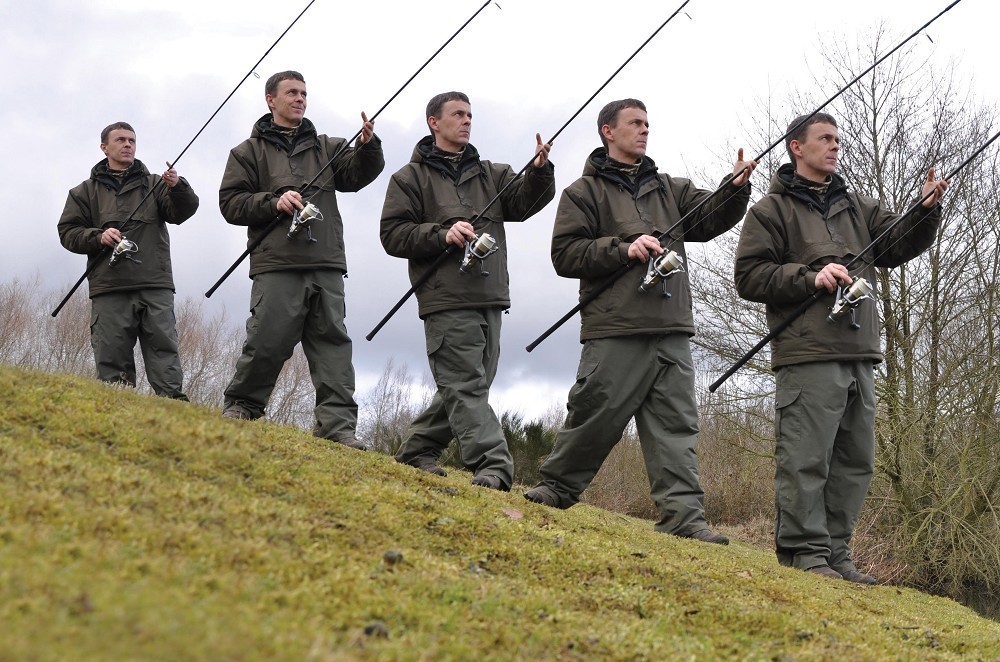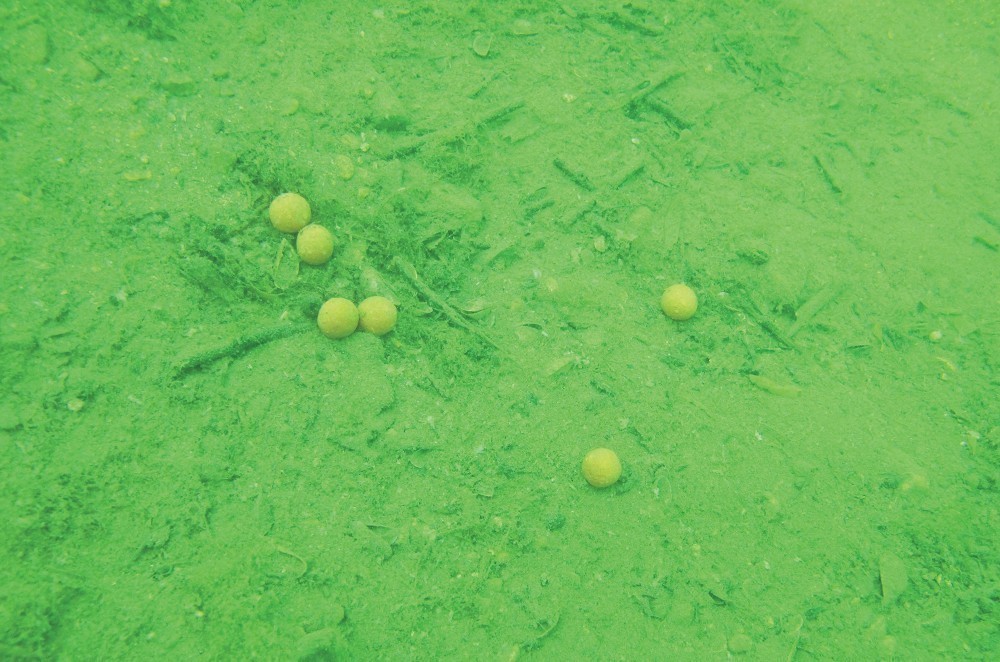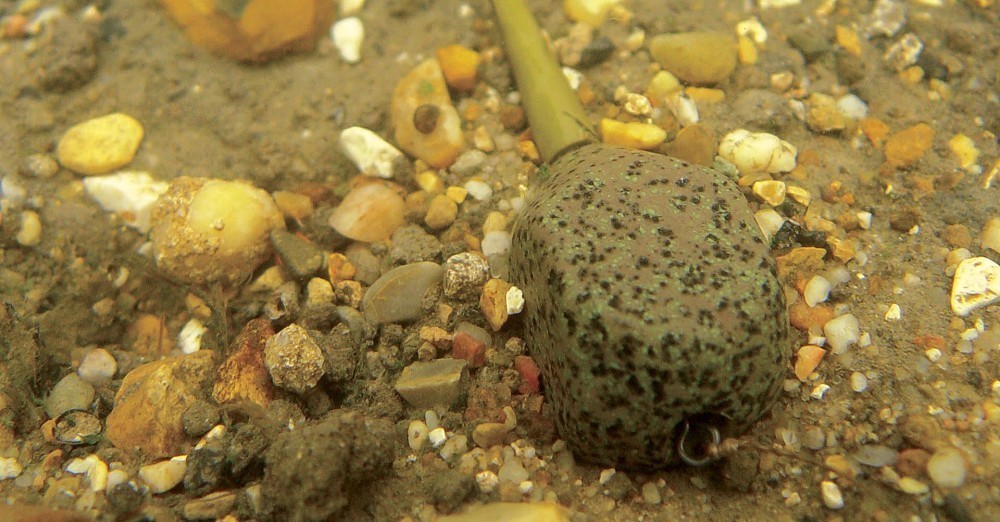
How to target and fish effectively over gravel
Everything you need to know about fishing over gravel...
There are many different spots within a lake and everyone has their own personal preference to what they’d rather fish over. There is never just one type of bottom on any one lake, there is always a mixture of silt, clay, gravel and weed and there are often different types of each. For many anglers the first spot they target is the gravel, but are you fishing it as effectively as you think you are? Here we are going to show you the truths about fishing on gravel, how to get the best presentation, how to get the most accurate baiting and most importantly, how to get your rig perfect for these situations. All of these combined could equal your best season ever!
Finding gravel - and then picking the best area
Gravel is, without a doubt, the easiest of things to find. Cast the lead out in to your swim and winding down and tightening back up to the lead, gently pull the lead toward you. Using the rod, keep the tip low and move it from pointing out in the lake to parallel with the bank; a movement of about 90°. (If the tip is low, you won’t miss anything.)
You must watch the tip all the time and by keeping the main line (braid) tight you’ll be able to feel the lead as it moves across the bottom. When you find the gravel, the telltale ‘tap, tap’ coming through the rod will give it away. When casting over a bar, you’ll be able to feel the resistance as you pull up the bar and as the lead comes back down the other side it’ll take less effort and sometimes if the bar is sheer sided, you’ll feel the lead roll or bounce down. There’s suddenly nothing there and then ‘donk’ the lead has landed!
When you start to feel the resistance of the bar, pop the float up and check the depth. Do this all the way up and over and you should be able to get an idea of the shape of the bar. You may sometimes find a gap or the end of a bar and these are top spots.
Why fish gravel - what's the advantages?
So, why the fascination with gravel? Well, the gravel bars act like roadways to the carp, they love travelling up and down them. The underwater turbulence from wind and currents mean that at certain points on a feature natural food is deposited.
Gravel bars are fish magnets but it’s knowing how to fish them correctly that will catch you more. On hot sunny days bites can come right off the top of the gravel bar but then at night you catch them right at the base of the bar or even halfway up.
As we’ve said previously, if you can find a gap or the end of a bar, these can be real hot spots, natural areas of interest or interception points that the carp love and can mean the difference between one bite or five bites should you be able to find any of these spots.
The truths about gravel - is it really what you think it is?
So, when you get that ‘tap, tap, tap’ on your marker rod, what are your first automatic thoughts about the lakebed? The thought of a lovely and clean gravel feature that the fish have cleaned due to frequent feeding on the spot automatically springs to mind, but to be honest, this couldn’t be further from the truth. Proof from CARPology’s ‘Below The Surface’ feature shows that what we think is clean gravel actually isn’t. It’s often covered in a light layer of silt along with low-lying or patchy weed.
Well, why do we still get the ‘tap, tap, tap’ if it isn’t clean? It’s because the heavy leads on the marker often sink straight through the light layer of fine silt and weed and make contact with the gravel underneath, automatically making you think that you’re on clean gravel. As a rule of thumb, unless you can see that it’s clean gravel in the edge, automatically think that is it never clean and it’s covered in a light layer of silt and weed. This means the rigs we often use on gravel could be a lot better and more effective; we’ll look at these later.
How to measure the width of a gravel bar
To measure the length of a feature, be it a plateau or bar, you simply use sky-markers on the far bank, whether that’s trees, telegraph poles or buildings. For the width (the backside to the nearside) of the feature it comes down to bank space. If you’re limited on space you can mark your main line with tape or Magic Marker once you come into contact with the feature, then pull back until you come off the nearside and mark again and then take a reading of the distance.
“If bankside space isn’t an issue, then stand at the water’s edge as you normally would but once you feel the first taps of the feature start walking back with the rod held at the same angle and position and count the number of footsteps you take. By doing it this way it will give you a proper visual of how wide the feature is because you’ve almost drawn it out on the bank.
Baiting on gravel - how to get the best and most accurate baiting scenario
Often enough, gravel is a totally raised feature – sometimes it’s raised a few feet and other times it can be a lot further. Either way, baiting is incredibly important and if you want everything to be where it counts then you’ll need to bait differently when fishing over a silty, softer bottom.
Chopped and mis-shaped baits
With the gravel feature being raised, if you use a standard round bait you will often find it’ll roll down the side of the hump and end up at the bottom of the shelf away from your rig. One way to combat this is to fish a bait that isn’t round. Particles and pellets are automatically a bait type that will stay put and won’t move as easily but have you ever considered fishing chopped or halved boilies? Giving them flat sides will not only make them stay where required but it will also leak the attractors into the water a lot quicker.
Introducing your chops
When it comes to introducing your chops, then there is no better way than with a Spomb/spod. If you use the line clip on your reel and accurately hit the clip and far bank marker over and over again, then you can achieve an incredibly tight and accurate bed of bait. The most important thing is to be accurate as the gravel spots are often very small, go off the spot and you’re often baiting up down the bottom of the shelf; a considerable distance
Let's talk rigs - how to get the best presentation
1 Hook type
When fishing over a firm bottom, the hook has more chance of blunting on contact with any harder stones that litter the spot. Straight pointed hooks are more prone to blunting because they come into contact a lot easier, but fishing a hook with a beaked and in-turned point comes into contact a lot less, meaning it’s going to stay sharper for a lot longer.
2 Lead type and system
Lead type and system is incredibly important when it comes to this style of fishing. Firstly, as the lead doesn’t plug into the lakebed as much, a flatter and lower profile lead is better suited to this situation. Secondly, you want the fish to come into contact with the lead as quickly as possible for the best possible hooking potential and an in-line lead is perfectly suited to this situation. The fish will automatically hit the most compact and heavy part of the lead first, which is going to pull the hook home.
Finally, if there is weed on or around the spot, then it is best to fish the lead drop-off style so you can lose the lead on the take; this massively reduces the chance of the fish getting snagged during the fight to the bank.
3 Hooklinks
Hooklink types and lengths can make a massive difference to the presentation. As we mentioned earlier, if you can’t see that the gravel is clean in the edge, automatically assume that it’s covered in a light layer of silt or weed. If you can see that the spot is clean (you are targeting a spot in the edge) then you can get away with a super-short and stiff hooklink, as this is going to be presented perfectly and both stiff fluorocarbons and coated braids work perfectly in this situation.
If you can’t see that the spot is perfectly clean then automatically lengthen your hooklink slightly and use something a tad softer (a soft coated braid or a supple braided material will work perfectly).
4 Leaders
When fishing on or around gravel, there can often be very sharp areas or some type of natural mussels. Automatically putting these into the equation means problems for your main line. It is very important to use some kind of leader, whether that be a ready-prepared nylon leader, leadcore, or tubing, as all of these will reduce the chance of the line grating and creating a weak-spot in the line which could result in a breakage.



